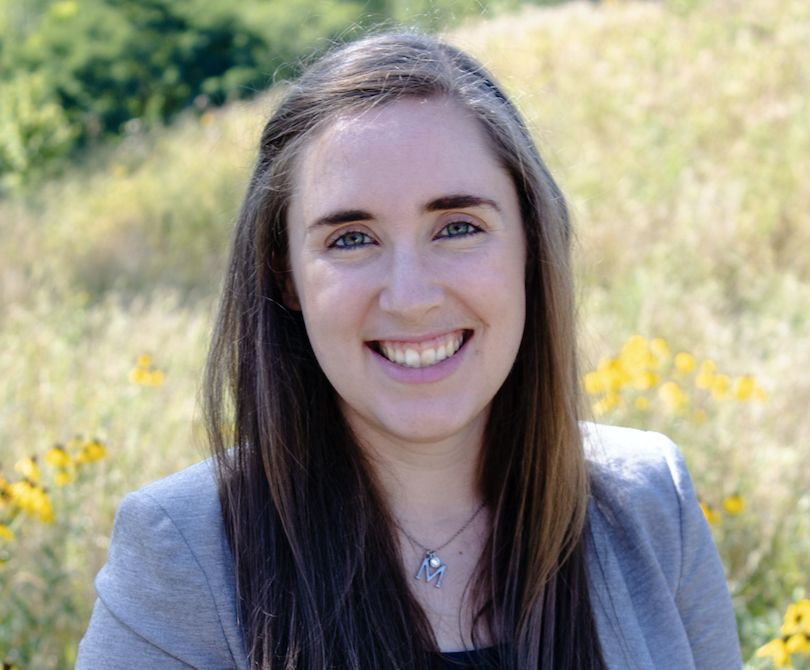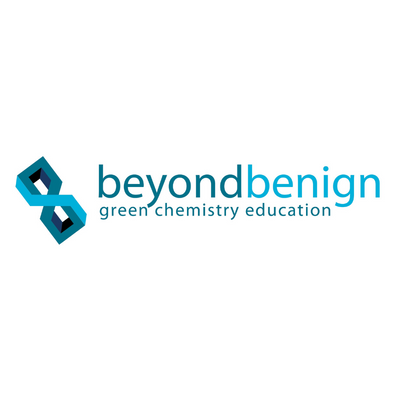Chemical or Physical Change?

Summary
This lab replaces traditional reactions involving chemicals such as cupric chloride (copper (II) chloride), 6 M hydrochloric acid, potassium hydroxide, and copper (II) sulfate. Students will understand the difference between chemical and physical changes while using all greener materials.
This lab is designed for when for students have minimal lab experience. The goal is to use observations of different types of reactions to discover common threads, ultimately leading to conclusions regarding evidence of chemical reactions. Students will ultimately learn the difference between chemical and physical changes. The goal of the lab is to dispel common misconceptions (e.g., boiling water is not a chemical change).
This lab is designed for when for students have minimal lab experience. The goal is to use observations of different types of reactions to discover common threads, ultimately leading to conclusions regarding evidence of chemical reactions. Students will ultimately learn the difference between chemical and physical changes. The goal of the lab is to dispel common misconceptions (e.g., boiling water is not a chemical change).
Keywords
Safety Precautions, Hazards, and Risk Assessment
Safety information:
Do not allow students to eat food materials (such as Pixie sticks) that come in contact with any lab equipment or contaminated surfaces.
Acetic acid, although very dilute in this lab, is a skin irritant and if it comes into contact with the skin should be washed immediately with soap and water.
Sodium bicarbonate solution, also very dilute, is a skin irritant, and if it comes into contact with the skin should be washed immediately with soap and water.
The sparkler is going to become hot and spray sparks. As such, do NOT light the sparkler near anything flammable. In addition, ensure to hold it at arm’s length from the body.
Use caution when using boiling water as this can cause severe burns to the skin.
Do not allow students to eat food materials (such as Pixie sticks) that come in contact with any lab equipment or contaminated surfaces.
Acetic acid, although very dilute in this lab, is a skin irritant and if it comes into contact with the skin should be washed immediately with soap and water.
Sodium bicarbonate solution, also very dilute, is a skin irritant, and if it comes into contact with the skin should be washed immediately with soap and water.
The sparkler is going to become hot and spray sparks. As such, do NOT light the sparkler near anything flammable. In addition, ensure to hold it at arm’s length from the body.
Use caution when using boiling water as this can cause severe burns to the skin.
Teacher Recommendations or Piloting Data (if available)
na
Digital Object Identifier (DOI)
https://doi.org/10.59877/UQMS4040
File (PDF, PPT, image, etc)
File (PDF, PPT, image, etc)
Creative Commons License

This work is licensed under a Creative Commons Attribution-NonCommercial-ShareAlike 4.0 International License.



